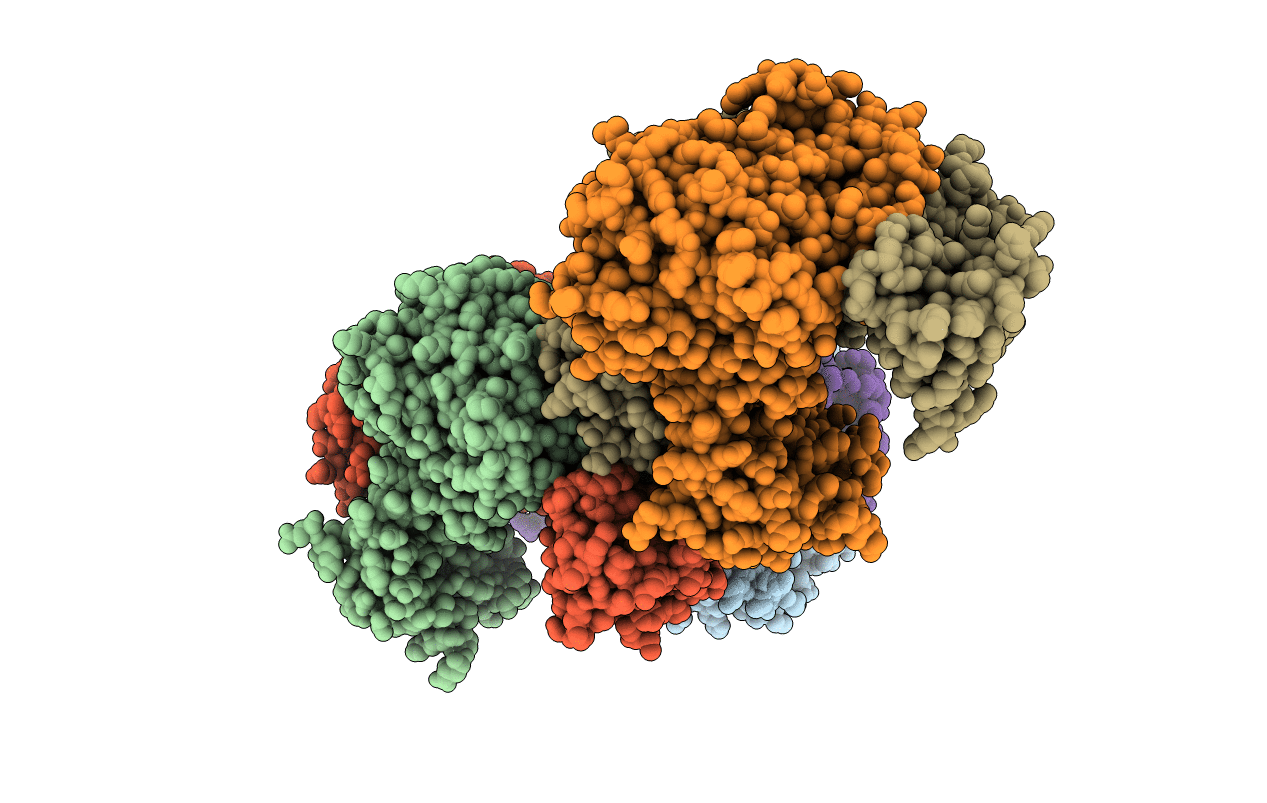
Deposition Date
2020-01-30
Release Date
2021-02-10
Last Version Date
2024-01-24
Entry Detail
PDB ID:
6XYL
Keywords:
Title:
Crystal structure of delta466-491 cystathionine beta-synthase from Toxoplasma gondii with L-serine
Biological Source:
Source Organism:
Toxoplasma gondii ME49 (Taxon ID: 508771)
Host Organism:
Method Details:
Experimental Method:
Resolution:
3.15 Å
R-Value Free:
0.29
R-Value Work:
0.27
R-Value Observed:
0.27
Space Group:
P 31


